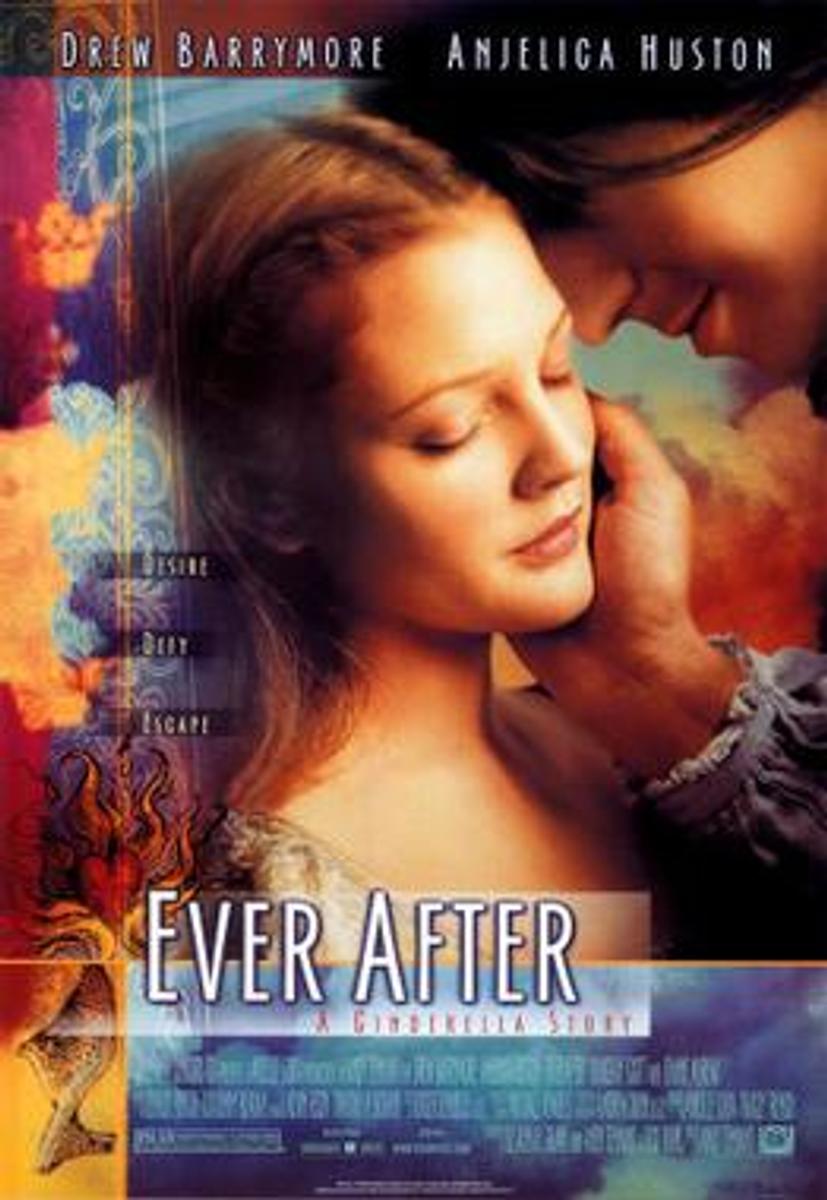English News

In this task students were asked to compare the traditional, well-known tale of ‘Cinderella’ with the film adaptation ‘Ever After’. This kind of task develops the skills needed for Comparative essay in VCE English and Adaptations essay in VCE Literature. Augie’s essay shows a deep understanding of the choices made in the film version, uses a sophisticated vocabulary and incorporates textual evidence really effectively. – Ms Mullen-Walsh
Comparative Essay by Auggie Messer 7L
CRLT Term 2 2021
Tennant has contrasted the early tale of ‘Cinderella’ with the emerging beliefs of today’s western society in his 1990S film ‘Ever After’. He has altered the protagonist, Danielle, to let go of many of the stereotypes that that have become a part of traditional fairytales. Tennant has also recognised the myth of living ‘happily ever after’ and has established the fact that the most important part of life is just living without trying to anticipate the future. And whilst there are many aspects of ‘Ever After’ that differ from the original tale of ‘Cinderella’, viewers still receive the same messages of love and romance.
Tennant has replaced Cinderella with Danielle, a strong female character who demonstrates female ability and their entitlement to equal rights as men, mirroring the developing thoughts of the time in which the film was made. In the traditional tale, the protagonist, Cinderella, is portrayed as a beautiful but weak female who longs for a prince. She is mistreated by her stepmother and stepsisters, and yet she still does what they ask and keeps to herself. She is whisked away to the ball by her magical fairy godmother, where she finds her ‘happily ever after’ with the man of her dreams. This character illustrates females in a negative light, downplaying their skills, intelligence, and capabilities. Unlike Cinderella, Tennant has made his protagonist a fierce young woman who stands up for herself and others, is interested in typically ‘male’ subjects such as philosophy and science and saves the prince instead of the other way around which is typically seen in fairytales such as these. Through Danielle, he is displaying how women are equally capable as anyone, which reflects the rising theme in many other similar entertainments. These show that the western society is changing their thoughts and beliefs on how to treat females and their place in the community. A key scene where viewers see the change in the protagonist is when she is freeing Maurice, a servant, from being sold and shipped to the Americas by her stepmother. She encounters the prince, and he questions why she is doing this. She is angered by him and his ignorance asking him ‘what else is to be concluded sire, but that you first make them thieves and then punish them?’, suggesting that it is his fault that many of the poor become criminals. This shows how Danielle is prepared to defend the poor no matter what the personal cost, even against royalty, which is far beyond how the early tale portrayed ‘Cinderella’ and how she would act. Another moment in the film where Danielle is exhibiting full female potential is when she rescues herself from Pierre Le Pieu, the evil antagonist who bought her off her stepmother. She points a dagger and a sword at him, informing him that her ‘father was an expert swordsman. He taught me [Danielle] well.’ These scenes depict true female ability, and how Tennant has adapted the original tale to be more inclusive and respectful of everyone, especially females, as is the increasingly popular attitude of this modern era in western society.
In the film ‘Ever After’, Tennant has acknowledged that the idea of a ‘happily ever after’ ending is impossible, that there is no point anticipating happiness for eternity, intertwining it with the idea of accepting life as it comes. Whilst most original fairytales end with ‘and they lived happily ever after’, Tennant has recognised this statement as a myth that can only make readers feel disappointed when it doesn’t work out. He instead suggests that human lives can never be fulfilled without all the emotions that are associated with negativity. It is impossible for one to live the rest of their life surrounded by only joy, as a ‘happily ever after’ ending suggests. Tennant has recognised this, and has altered how his film ended to comply with this belief. Towards the end of his adaptation of ‘Cinderella’, the prince expressed to Danielle that they were supposed to live happily ever after. ‘Says who?’ Danielle asked. This illustrates that no one can ever expect to live a happy life – even if they are a prince and a princess living together in a palace – and that hoping for one will only lead to discontentment. The narrator explains this to the Brothers Grimm, announcing that ‘while Cinderella and her prince did live happily ever after, the point, gentlemen, is that they lived.’ Tennant has adapted this stereotypical ending to a more realistic one that abides to the belief of living life as it is, making it one of the key differences between the two tales.
Even though he has changed many aspects between ‘Cinderella’ and his film, Tennant has kept the same theme of romance and the importance of love. In the traditional tale, Cinderella is motivated by her love for the prince and her want to meet him. She is always looking for love, even from her stepmother and stepsisters. In the film, Danielle meets the prince early on. While it is not a love at first sight moment, they develop a relationship over time, and eventually get married. This theme of romance is exhibited when the prince begs for Danielle’s forgiveness, and expresses his love for her by stating ‘I kneel before you not as a prince, but as a man in love.’ This scene clearly delineates the theme of romance in ‘Ever After’, and illustrates the idea of everyone needing love. Another instance when this is explored in the film is when Danielle confronts her stepmother. She is upset, and tells her that she has always denied the one thing she has ever wanted from her: love. Baroness Rodmilla coldly asks ‘how can anyone love a pebble in his shoe?’, signifying that she has never loved Danielle, even though Danielle clearly wanted and needed her to. Tennant has captured this moment in the film when he uses a close-up camera shot that contrasts the cruel expression on the Baroness’ face, and one of despair on Danielle’s. Tennant has created these scenes to show viewers the importance of love and how we all require it, but also to keep to the original tale’s theme of romance. This is one of the few aspects of ‘Ever After’ that has not changed between the original tale and the film.
Overall, Tennant has changed many aspects of ‘Cinderella’ and has twisted the original tale to be less stereotypical and to comply with the emerging beliefs of the film’s era in western society. He has altered the Cinderella figure to make her stronger and more resilient, representing what women are really capable of. He makes the prince and Danielle understand that they must live life in the moment and that ‘happily ever after’ is just a fable that can never become a reality. But even whilst there are significant differences, Tennant’s film is still a romantic story that explores the importance of love. ‘Ever After’ is an adaptation of ‘Cinderella’ that shines a light on the progressively common viewpoint in the current western culture.



